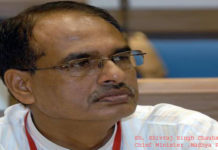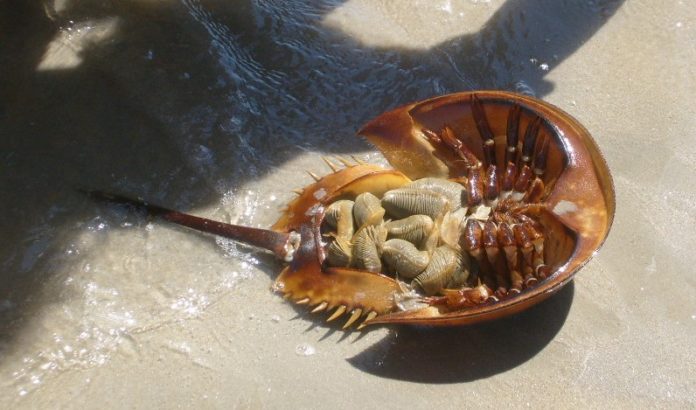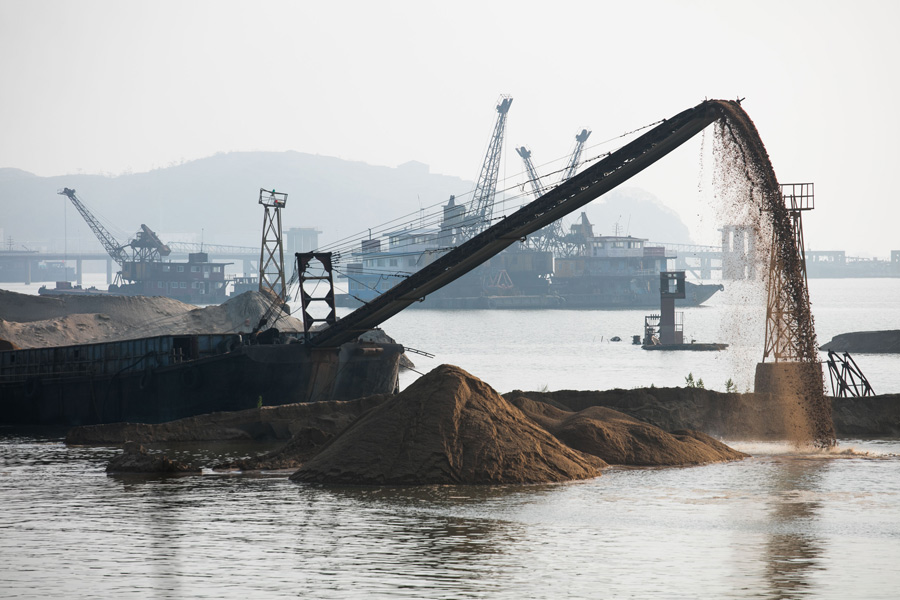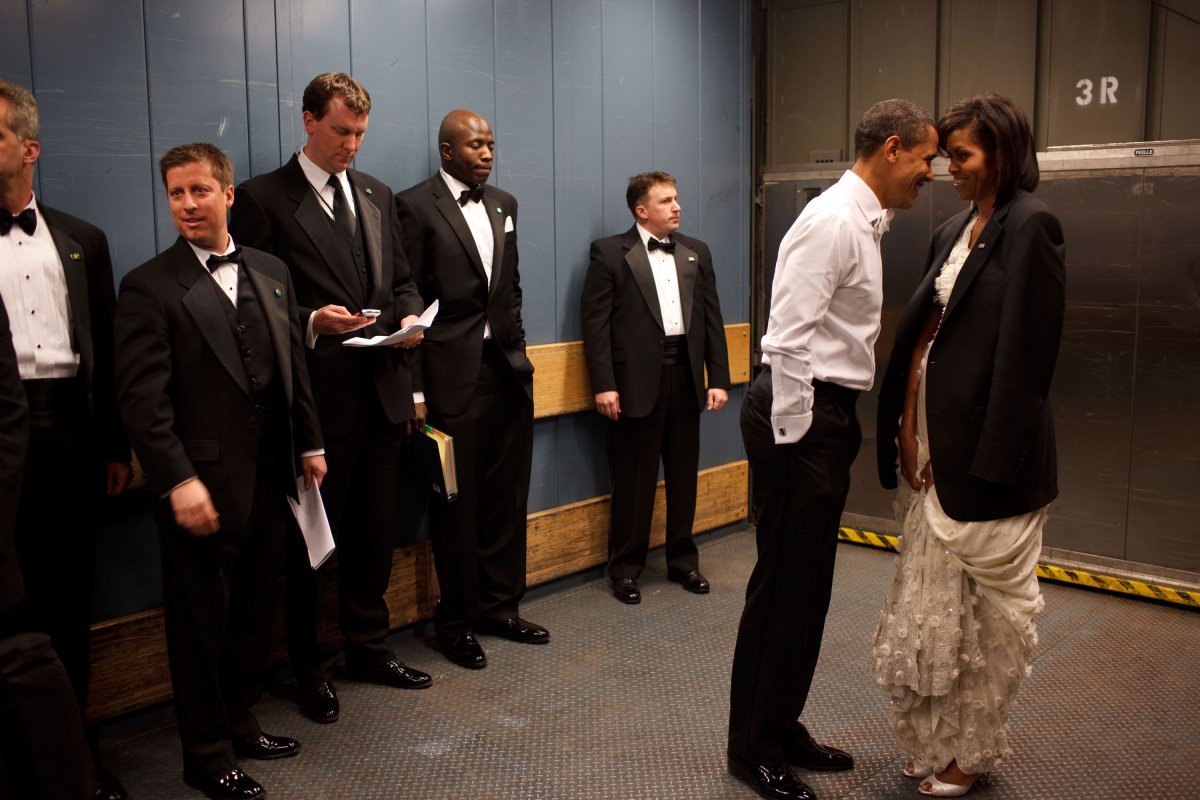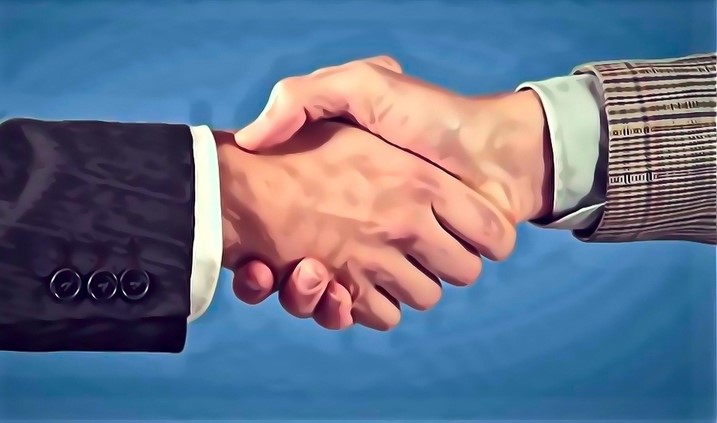Hundreds of horseshoe crabs – known as ‘living fossils’ because they are among the Earth’s oldest creatures – have been found dead in southern Japan, confounding experts who study the alien-like side walkers.
Horseshoe crabs, known for their blue blood, are a regular summer visitor to tidal flats in southern and western Japan, including one near Kitakyushu city where they lay their eggs.
Some invariably die in the process, but this year a local conservation group noticed that the number of arthropods that perished was unusually high, a local official told AFP on Thursday.
‘The conservation group spotted about five to 10 bodies every day during the egg-laying period, so they started to tally them,’ said Kitakyushu city official Kenji Sato.
‘In total the number of dead horseshoe crabs reached about 500,’ Sato said.
The Asahi Shimbun daily reported the number of deaths was eight times higher than normal.
Sato said there was no consensus among experts on what was causing the high die-off among the creatures, although some have suggested rising sea temperatures, parasites or disease could be to blame.
The crab is designated an ‘endangered species’ in Japan, where its population has shrunk as its coastal habitat has been destroyed.
The horseshoe crab – ‘kabutogani’ in Japanese, meaning literally ‘warrior helmet crab’ – has recognizable ancestors dating back 450 million years.
Despite the name, they are actually not crabs: Their closest living relatives are spiders and scorpions.
While many animals’ circulatory systems use iron to transport oxygen around their bodies, the blood of the horseshoe crab uses copper – hence its blue color.
The blood of one species of horseshoe crab contains a sensitive coagulant that can detect tiny amounts of bacteria.
Since the 1970s, it has been harvested and used by scientists to test the sterility of medical equipment and intravenous drugs.
A liter of the blood can sell for around $15,000.
Enthusiasts established the Japan Horseshoe Crab Association in 1978, which counted up the dead creatures this summer, according to local officials.
‘The biology of the horseshoe crab is still a mystery and we don’t know much about it,’ Sato said.
Sourecd from Daily Mail, Featured image courtesy: www.mb.com.ph




